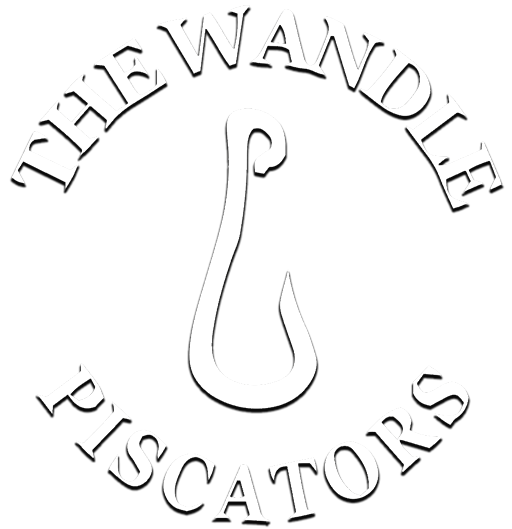At the start of the 21st century, we think most readers of this blog would agree, it’s pretty much a no-brainer to look after your local river and its environment as best you can.
But for much of human and angling history, it was hardly ever thus. Which makes it even more surprising how many of the early pilgrims along this path – many of them not so long ago – aren’t nearly as well remembered as they should be.
On this side of the Atlantic, Roderick Haig-Brown is one of those.
(Photo credit: the Haig-Brown Institute)
Born in 1908 to a father who died heroically on the Western Front (and whose biography I’m currently researching) he grew up on the Dorset chalkstreams around Wrackleford before making his way to Washington state and Vancouver Island in British Columbia.
This was still in an era when wilderness was There To Be Conquered, not conserved. And to be fair, Roderick did his share of conquering at first – harvesting virgin timber and subject-matter for his later prolific writing in equal measure.
Insight came swiftly, however, and through the middle years of the 20th century he evolved into one of the environmental movement’s most powerful visionaries and advocates.
He saw himself as a writer who fished, rather than a fisher who wrote, but his worldview was always focused through the lens of his fishing.
Even then he was far ahead of his time. But it’s his fishing writing that seems to have secured most of posterity’s attention – maybe because conservation is mostly about immediate battles, last-minute saves and the latest location-specific guesstimates of any one attitude and age.
Nevertheless, this could change.
Today, the memory of Roderick and his wife Ann Elmore is preserved by their children Valerie, Mary, Alan and Celia, and the Haig-Brown Institute created
“to promote the links between ecology and economy through watershed management, and to inspire a conservation ethic through education and literature”.
If there’s a better philosophical parallel to what we’re trying to do here on the Wandle, we haven’t found it yet.
So we feel privileged to connect to the Institute’s centenary celebrations of Roderick’s and Ann’s births that culminate this World Rivers Day – by officially launching our own Wandle habitat-creation programme.
From 11.00am on Sunday 28 September, we’ll be pinning a fallen branch into the river between Hackbridge and Shepley Mill to act as a “large woody debris” flow deflector. (Click here to download our full press release about this event).
We’ll also be raking gravels to remove silt and improve spawning habitat for the native brown trout that were seen cutting redds in the upper Wandle last New Year’s Eve, perhaps for the first time in 100 years.
As far as we know, Roderick Haig-Brown never visited our little chalkstream in South London. It’s entirely probable that he never even heard of it.
But we’d still like to think he’s watching from somewhere… and maybe even grinning at the cycle of life and history that’s brought his inspirational influence all the way back to the land and rivers of his birth.

